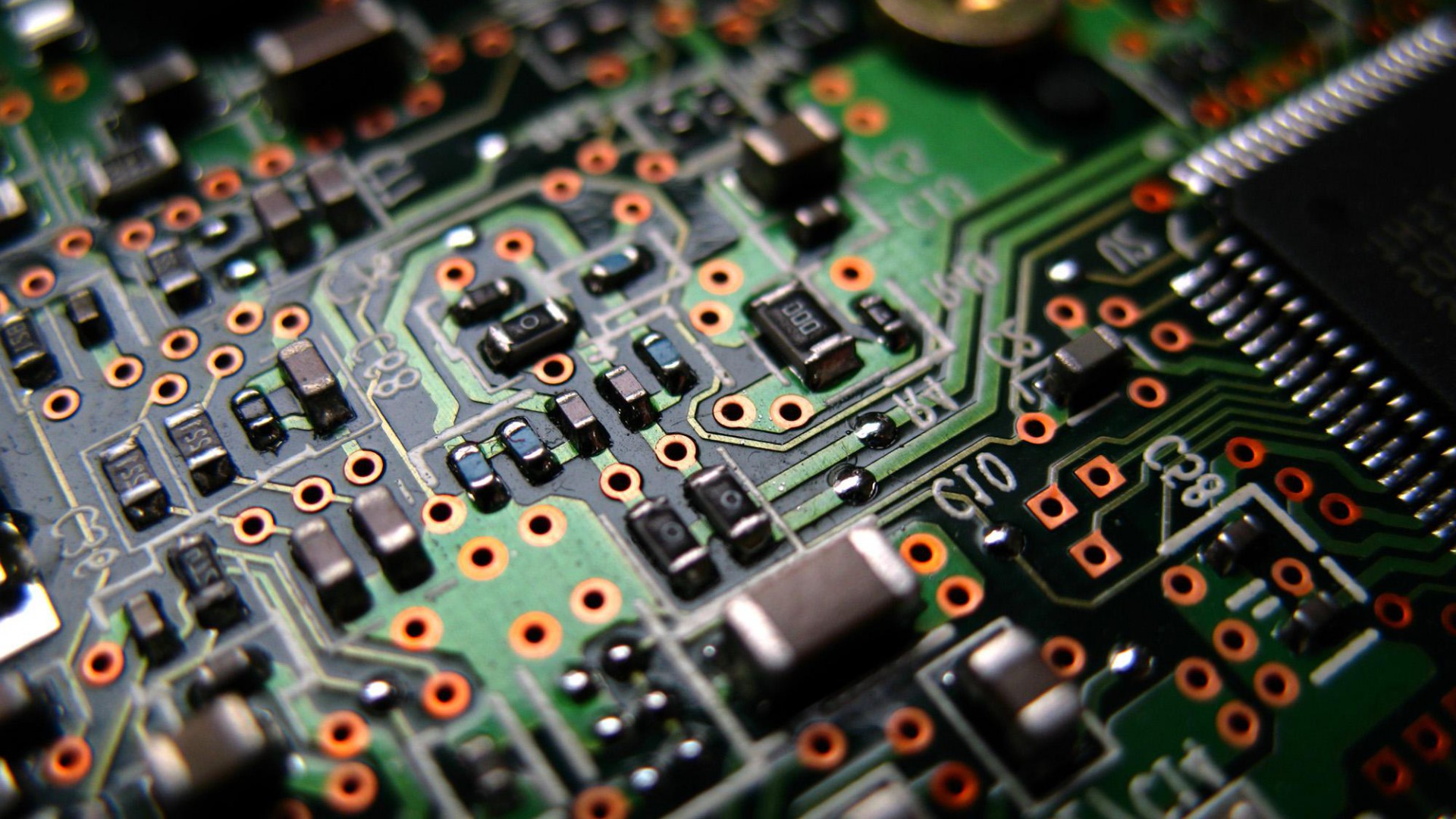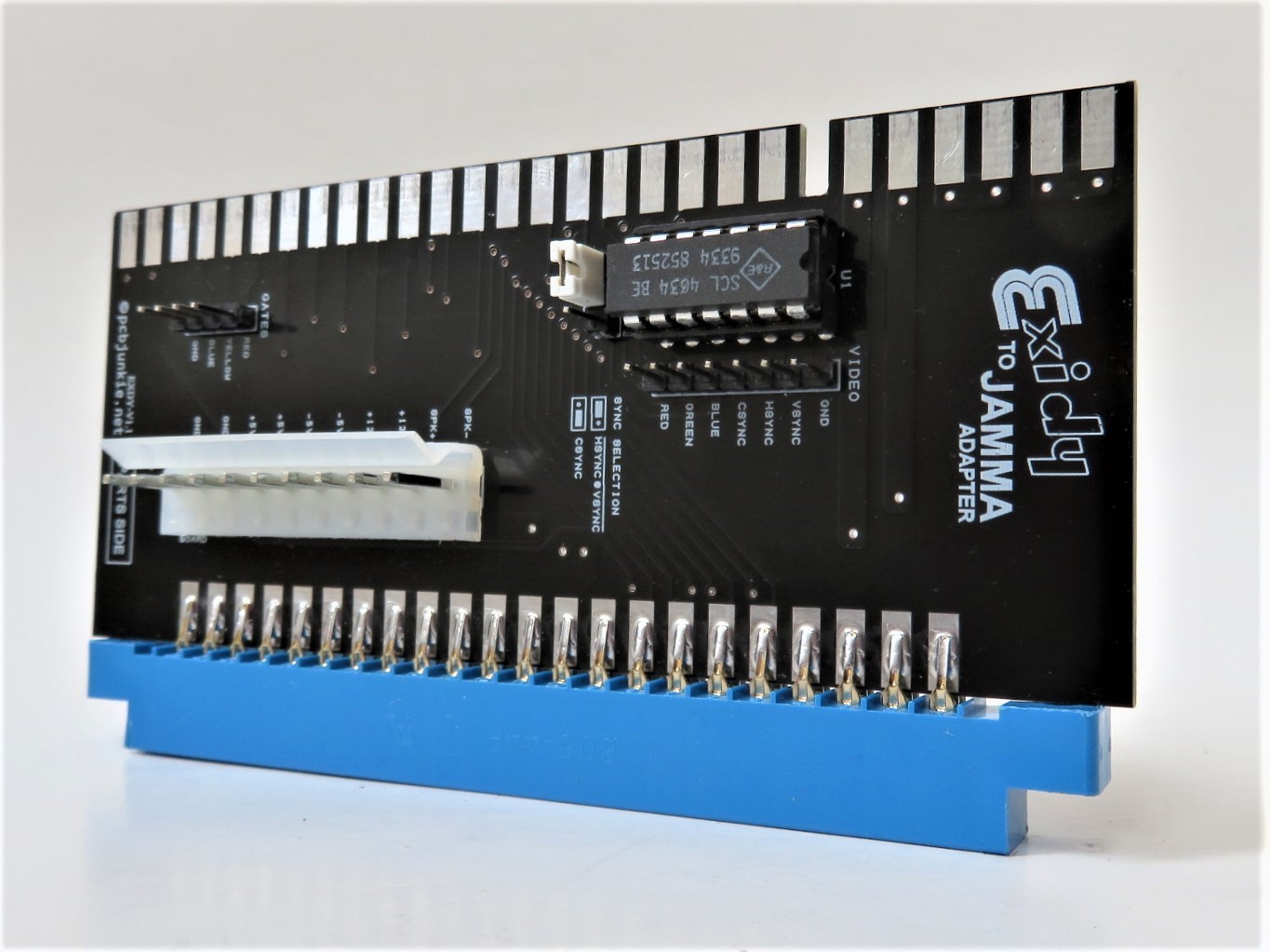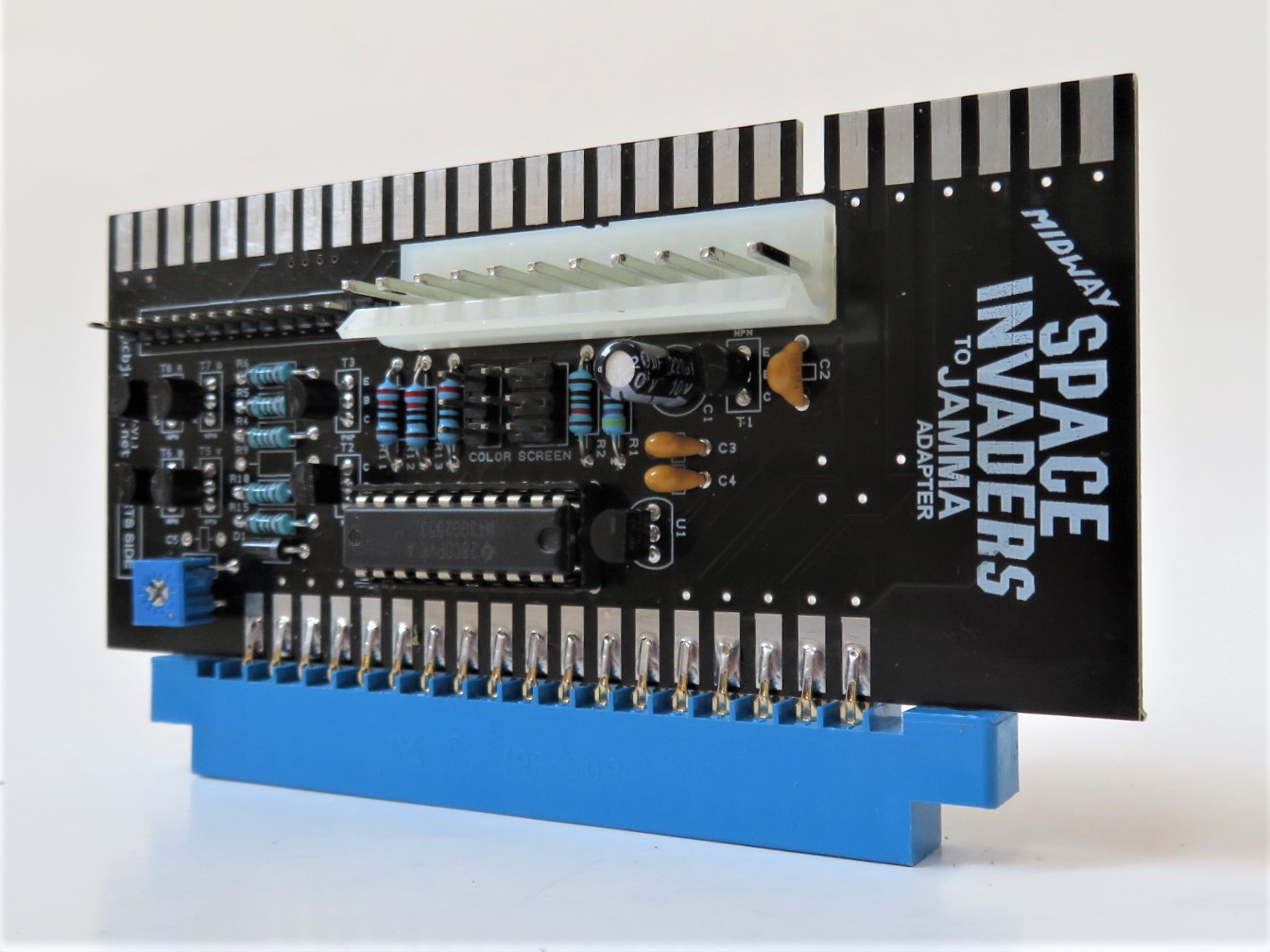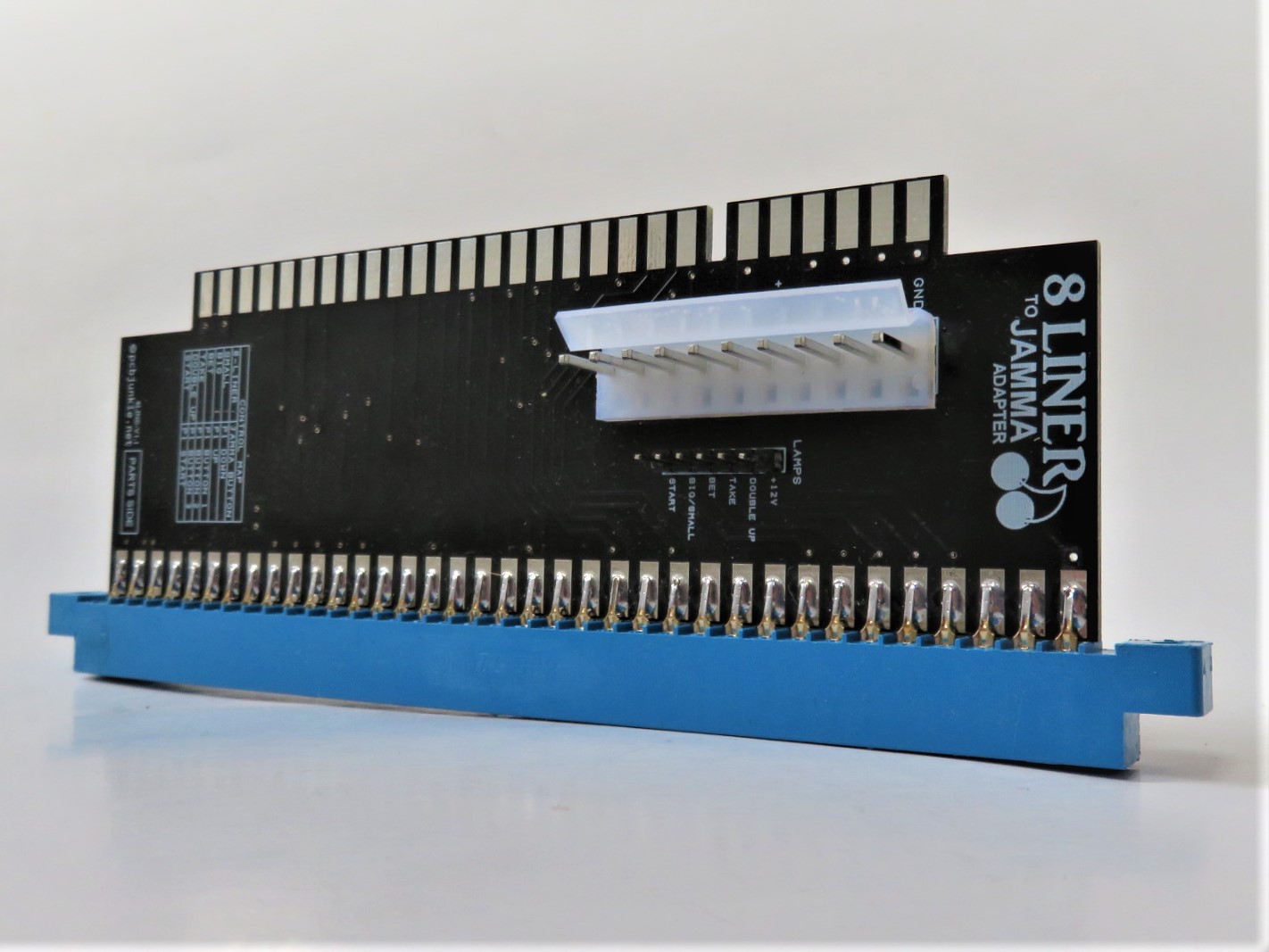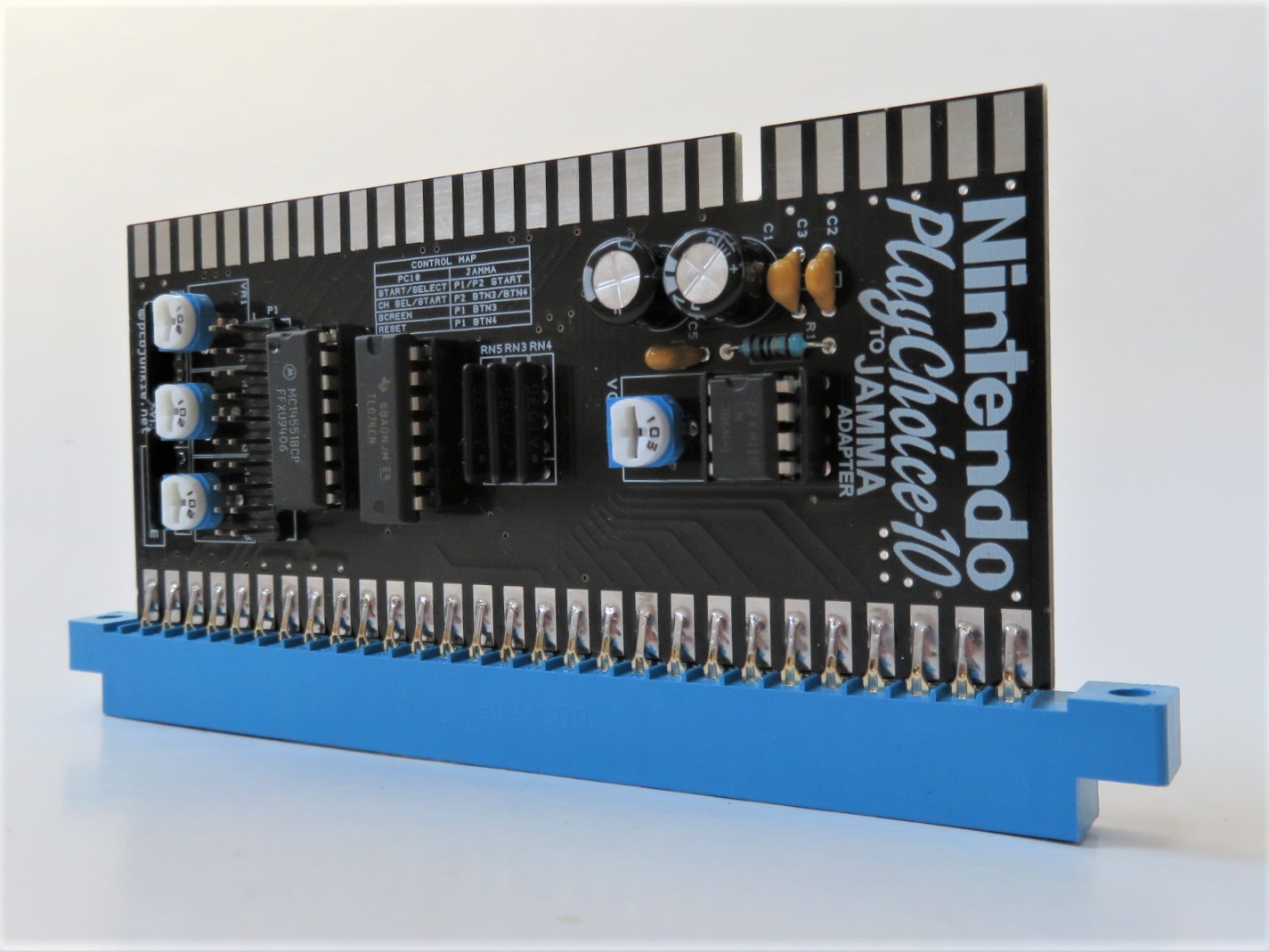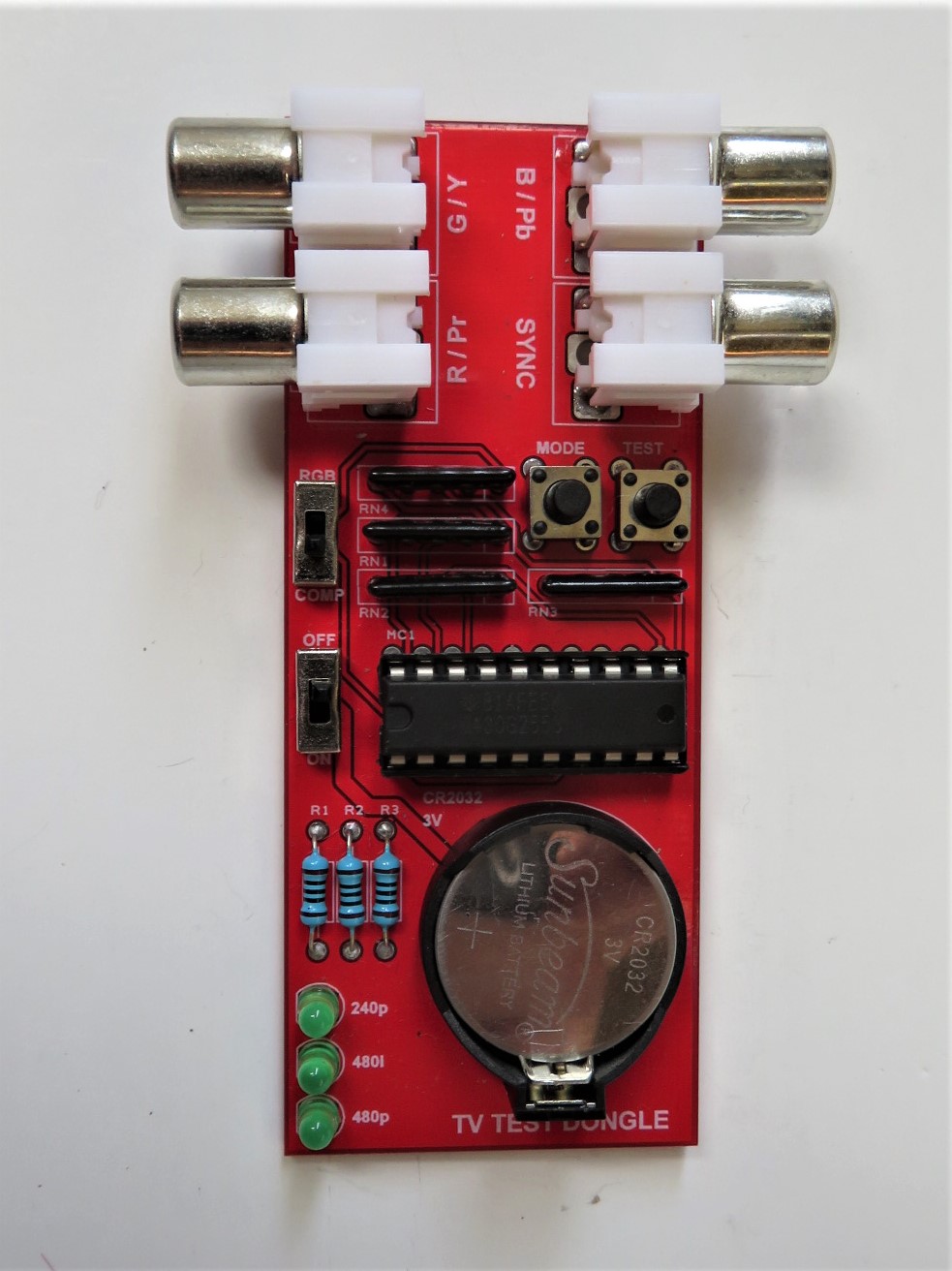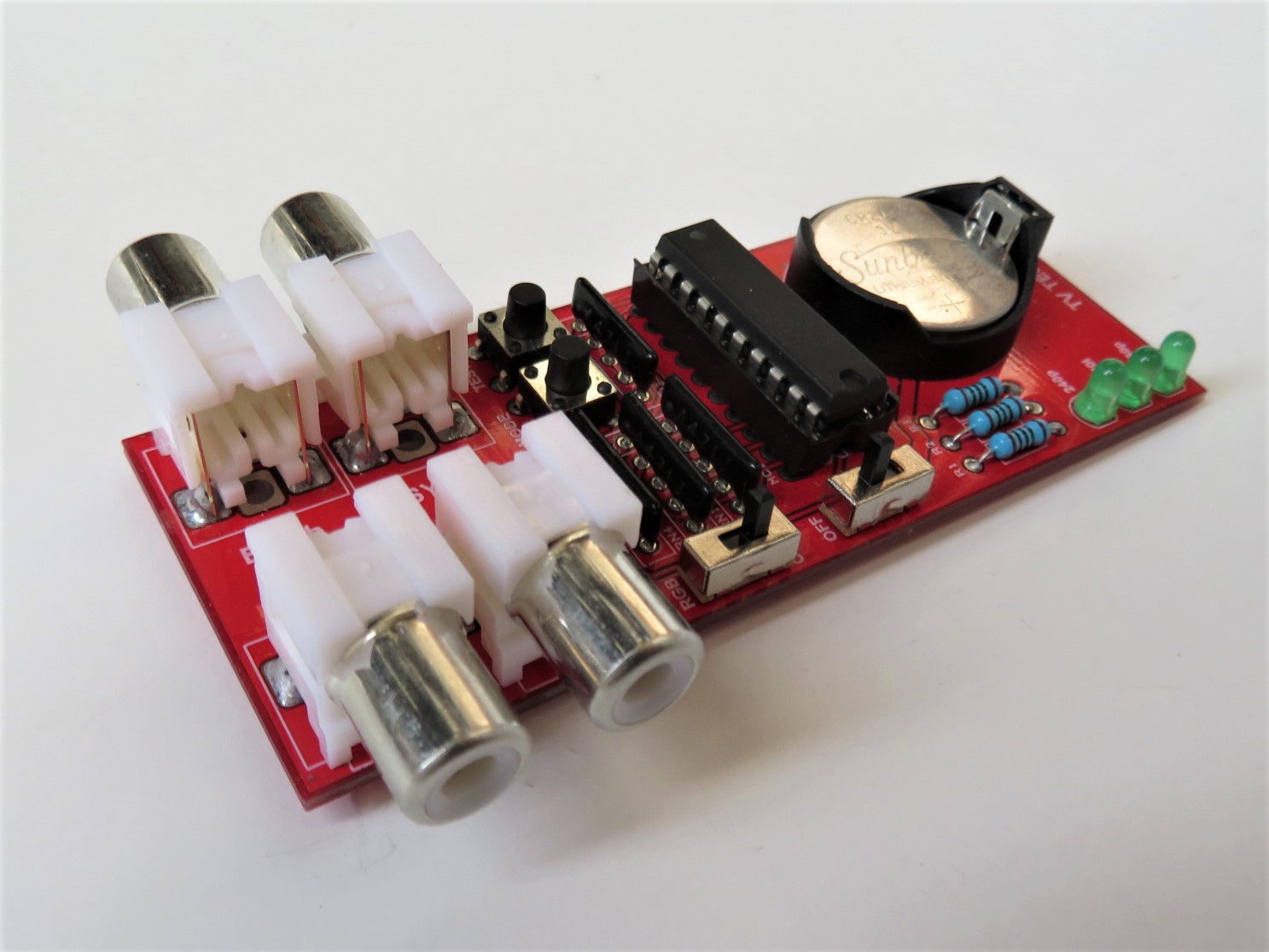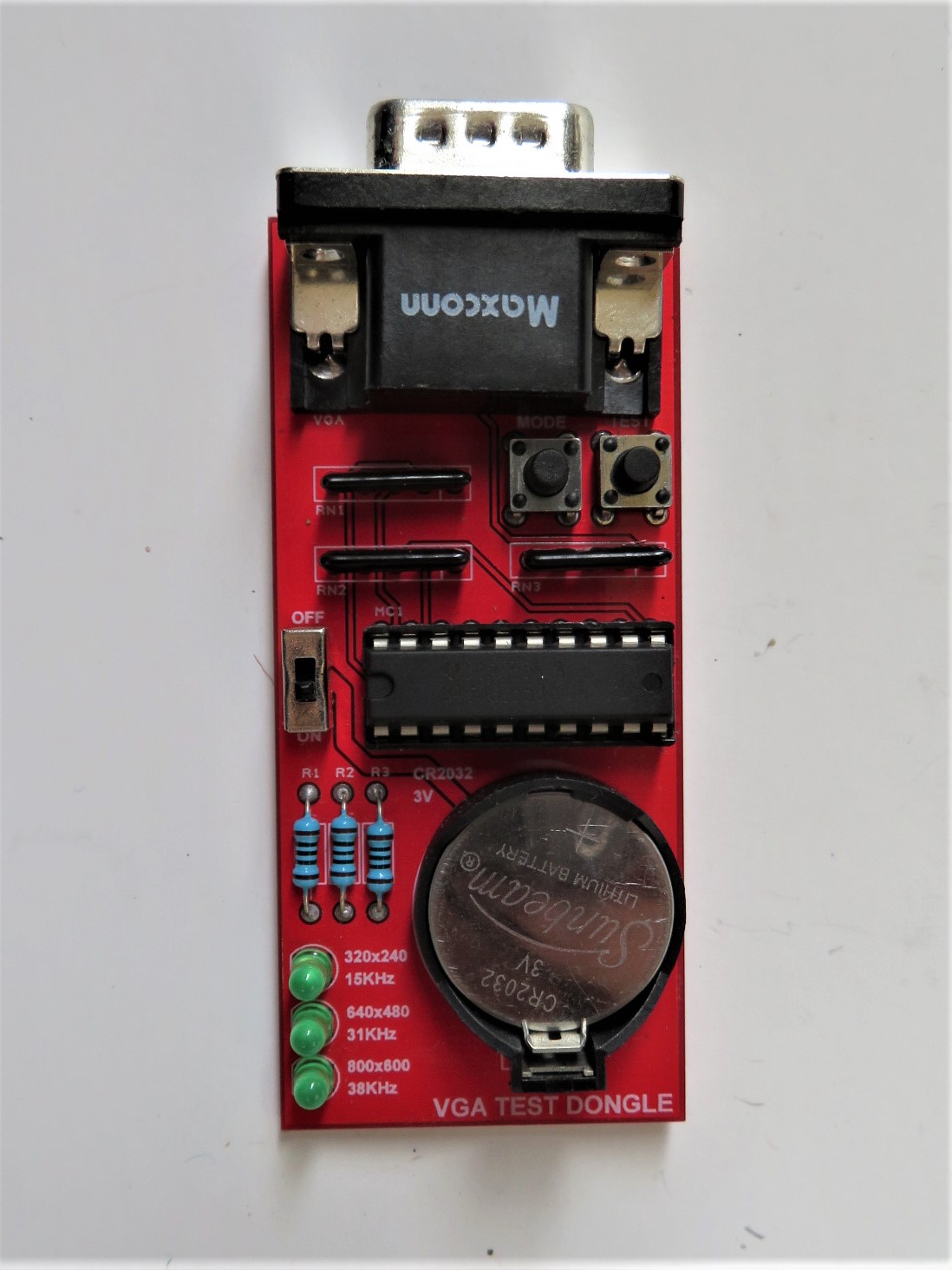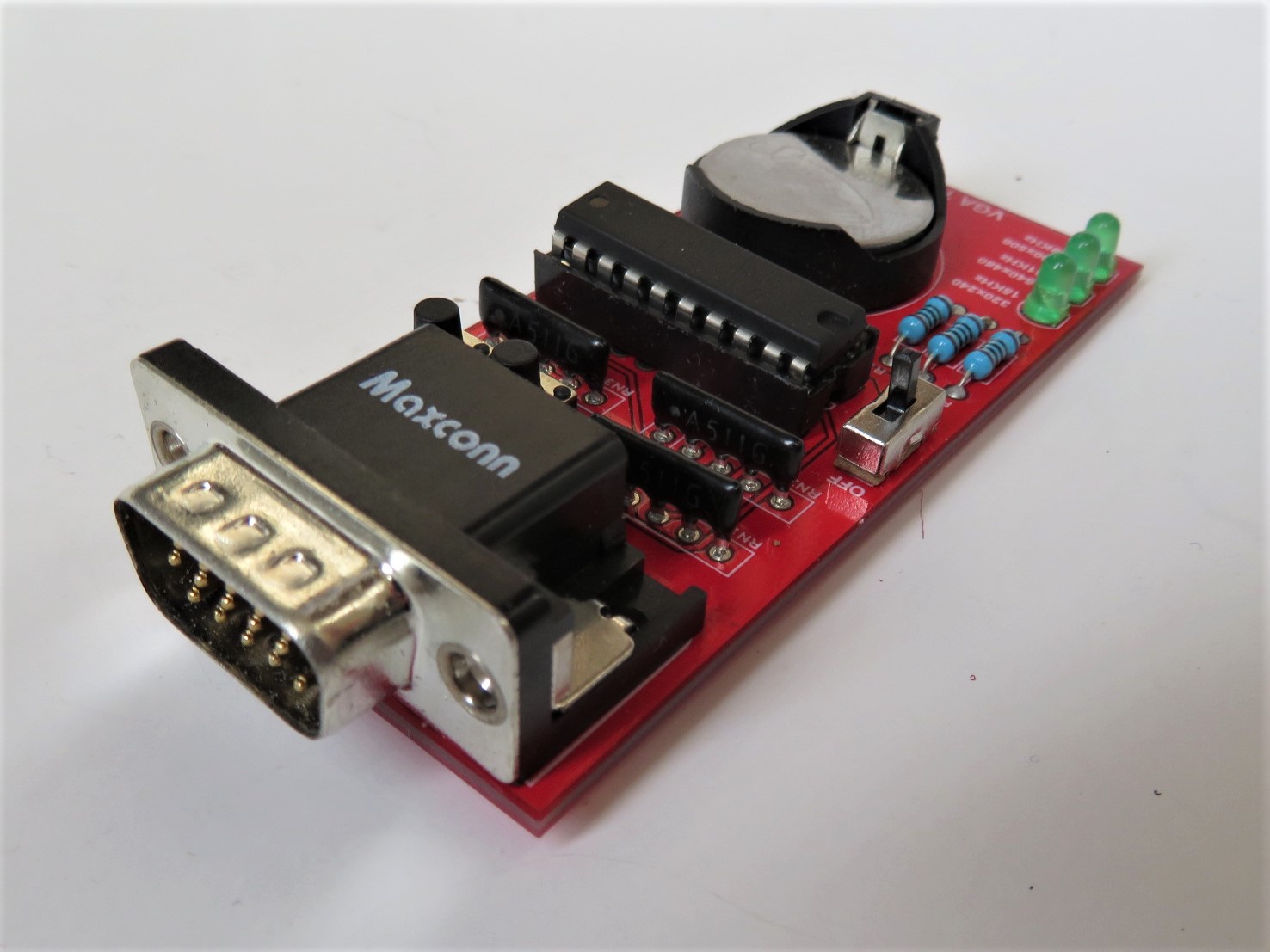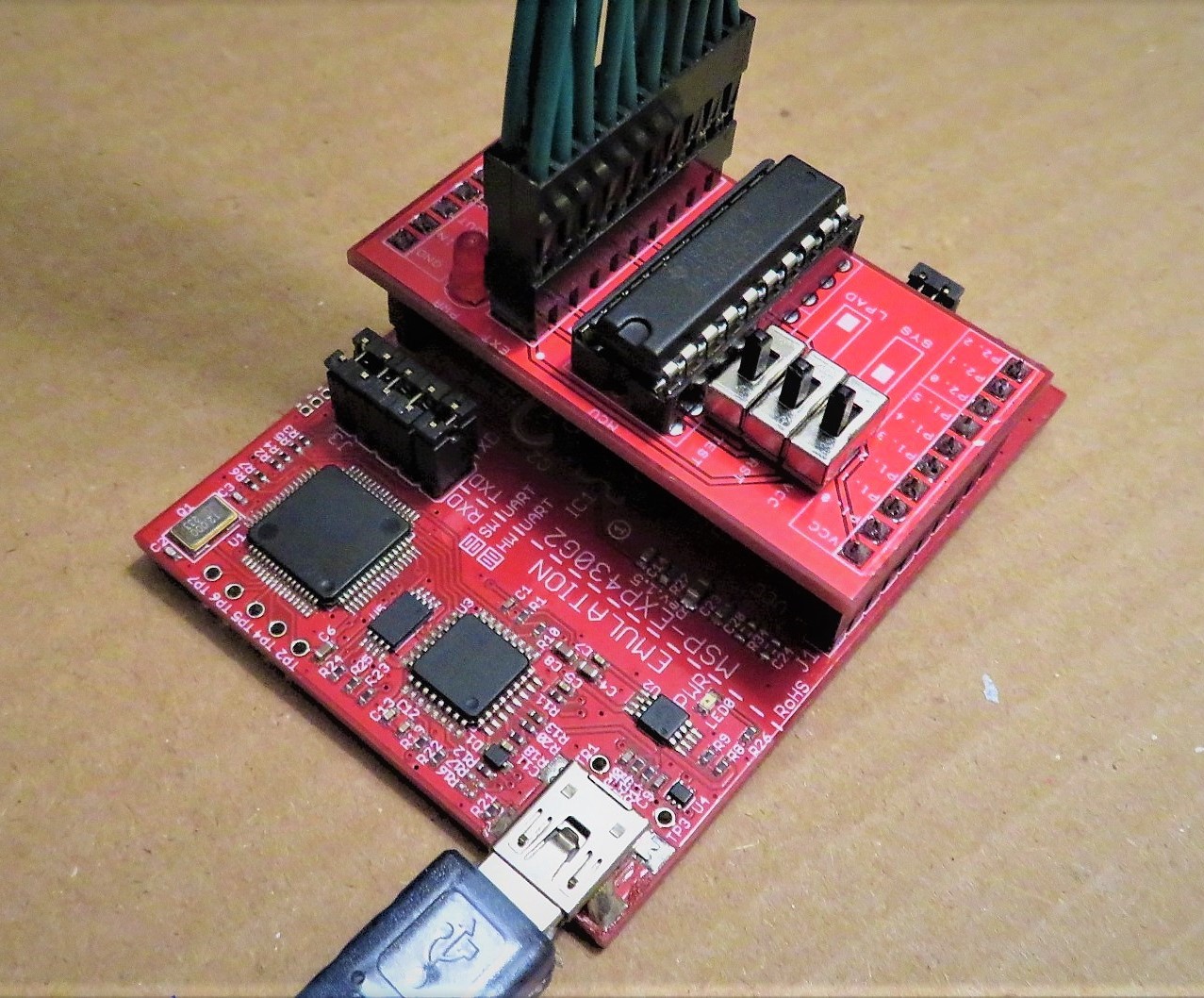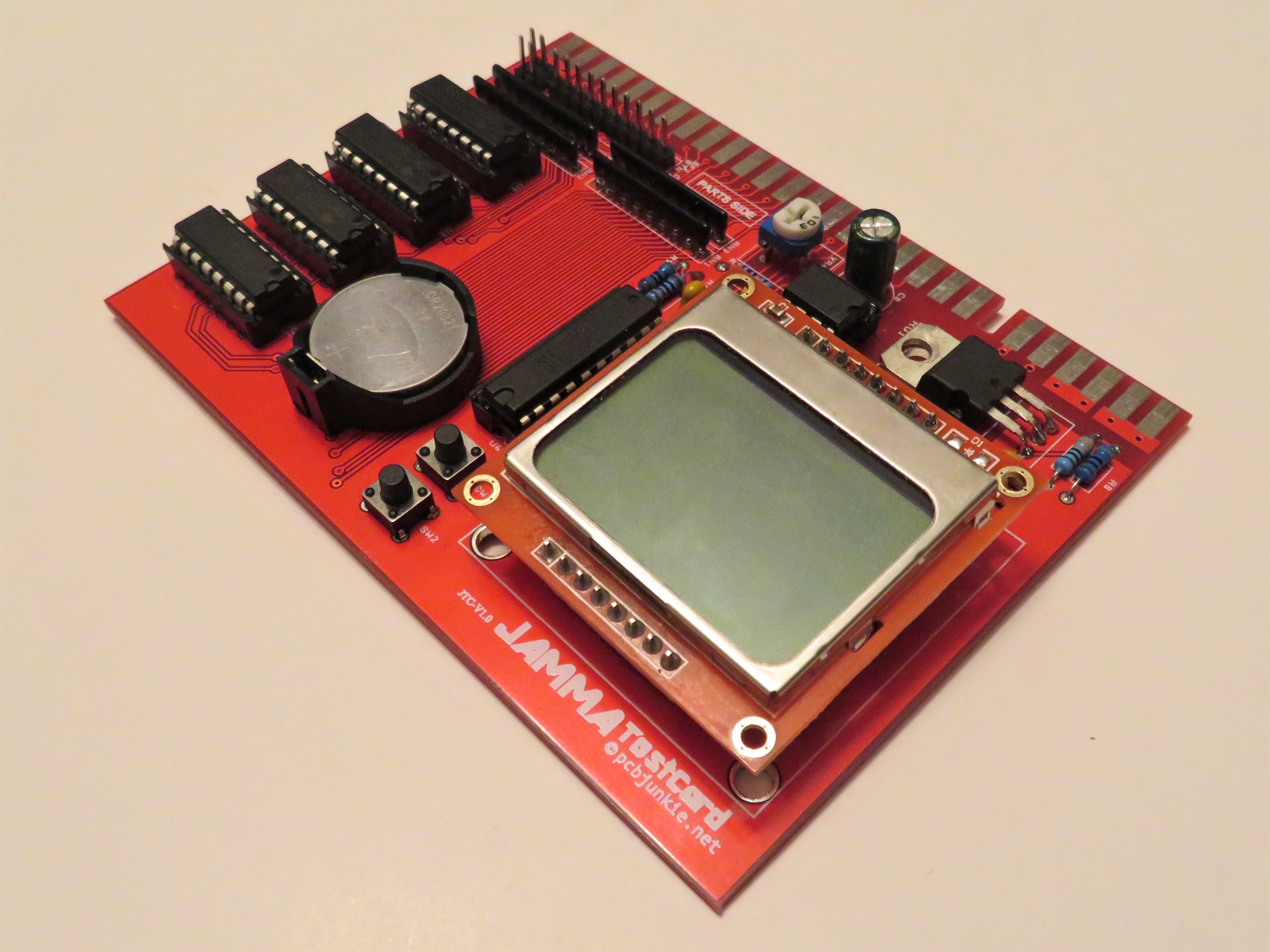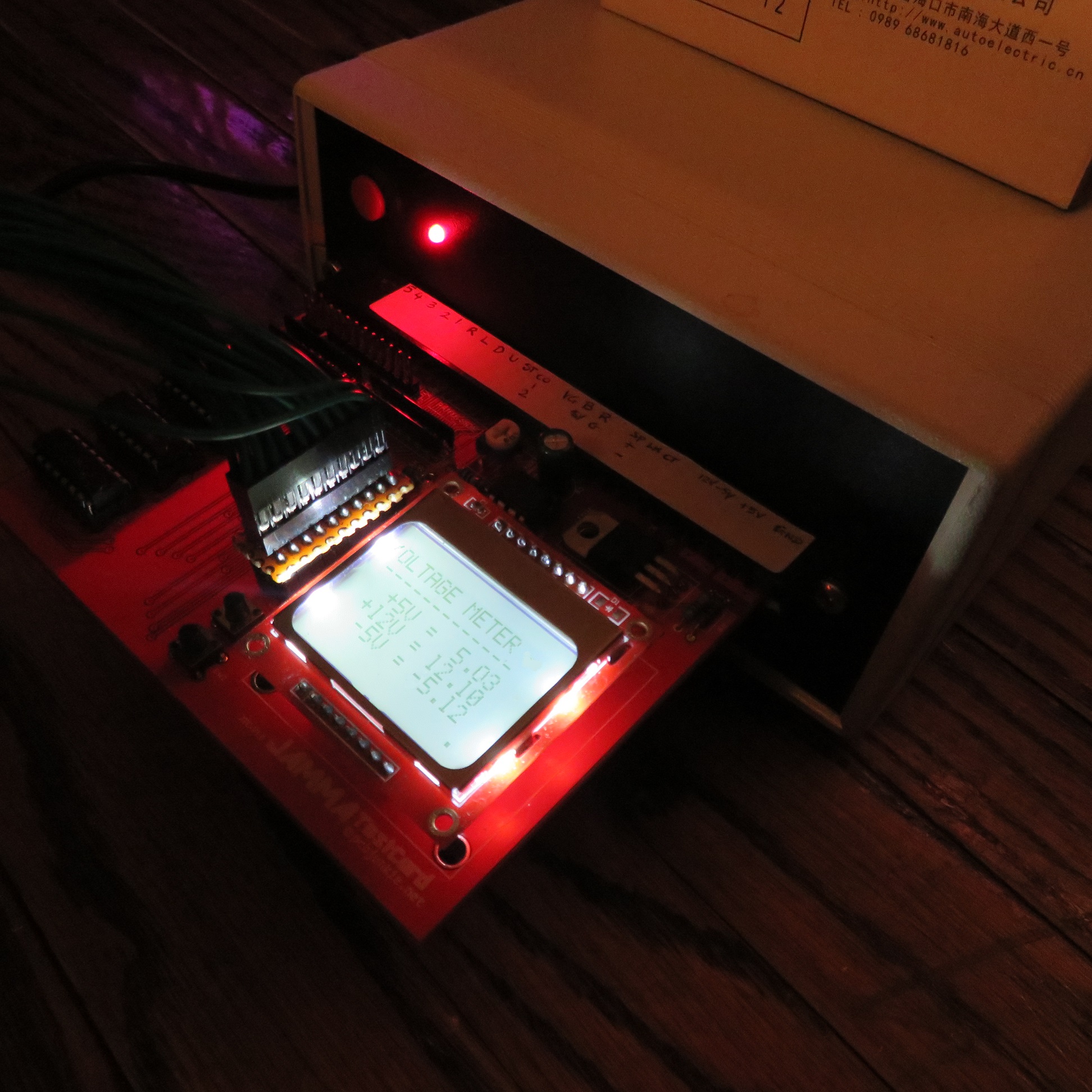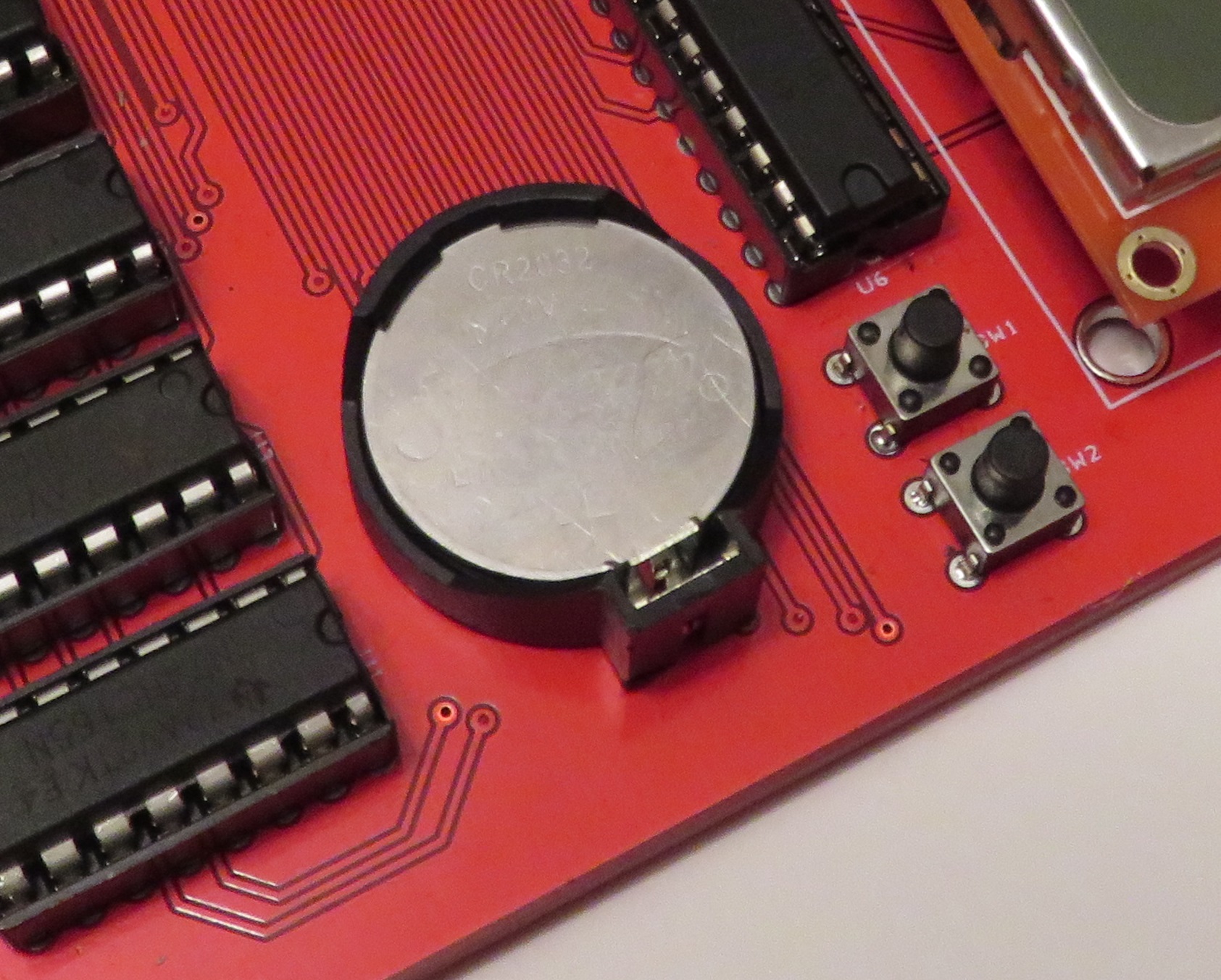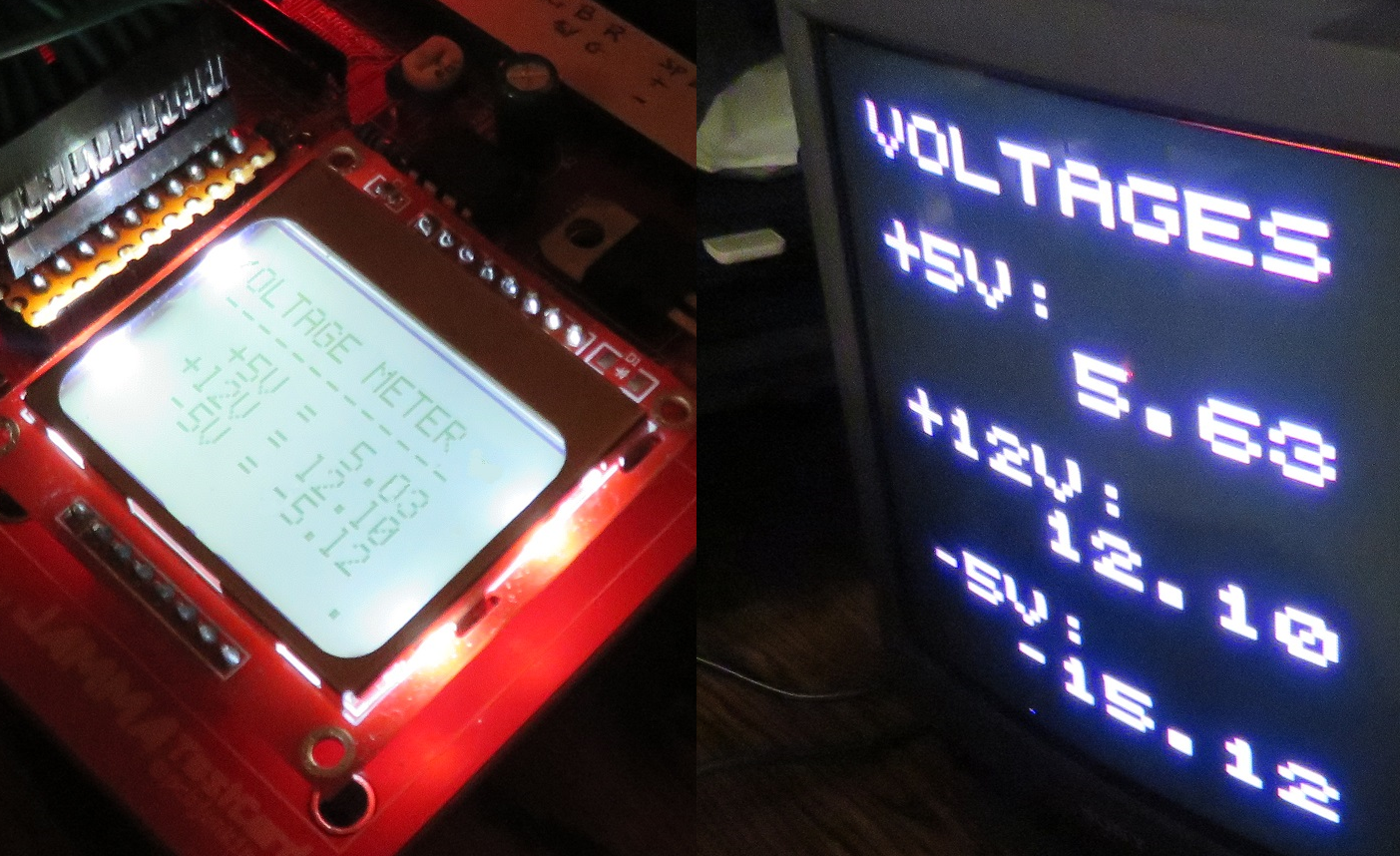I live in Canada. Unfortunately the arcade market in Canada is pretty weak most of the time, so to get all the good stuff I have to buy games from the US every so often.
Most eBay users that sell internationally from the US, are “encouraged” into using Pitney Bowes’ GSP program for shipping abroad.
Ebay users pay for shipping to the Pitney Bowes GSP hub in Kentucky, which is cheap. What they don’t realize is that the cost that they see for shipping is only a fraction of what GSP will cost the buyer. As an example, a $100USD PCB may cost around $10USD to ship a typical PCB to KY, but a Canadian user will likely pay around $35USD plus about $15USD in customs fees. A similar package to Canada via USPS direct, would cost about $16-20USD and it would most likely avoid customs fees.
The benefit to the sellers are pretty obvious though. There is no need to fill out customs forms and GSP shields the sellers from negative feedback as long as the item arrives at the hub in one piece.
Upon receiving the items Pitney Bowes will typically repack the items to save on the remaining shipping costs. This is where my story begins.
A few months ago, I ordered a Sega ST-V motherboard and Die Hard Arcade cart. The package arrived in a crushed box. There was very little protection in the box, basically only the anti-static bag and the PCB itself.
I connected the PCB and turned in on and got nothing… black screen… DOA. Upon closer inspection I noticed a long, deep gash on the PCB that ran across at least 2 inches in length. It looked hopeless. The cut went across several small pitch IC legs knocking them completely off. It severed many, very thin traces, it damaged vias, and appeared to be deep enough to penetrate at least a couple of inner layers of the PCB.
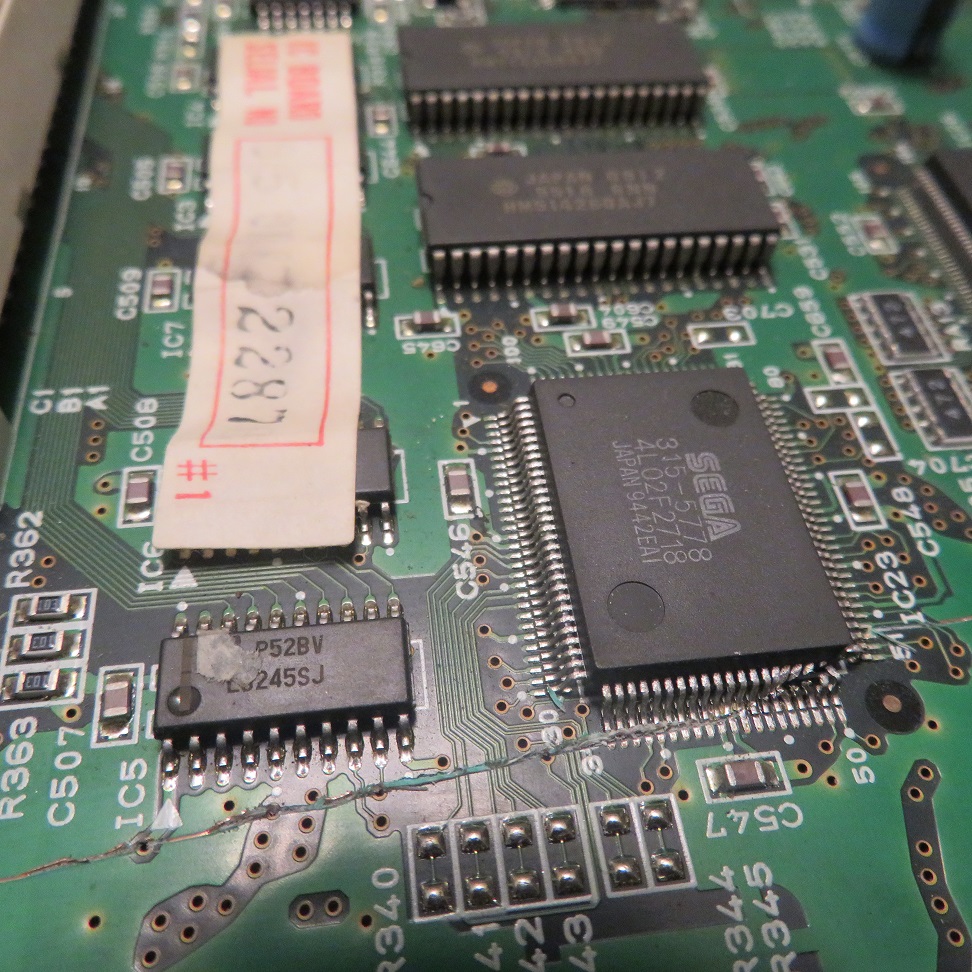
I contacted the seller. Seller swears the game was tested and worked before he sent it. I check the packaging and sure enough, the gash appears in both the anti-static bag and the box iteself.
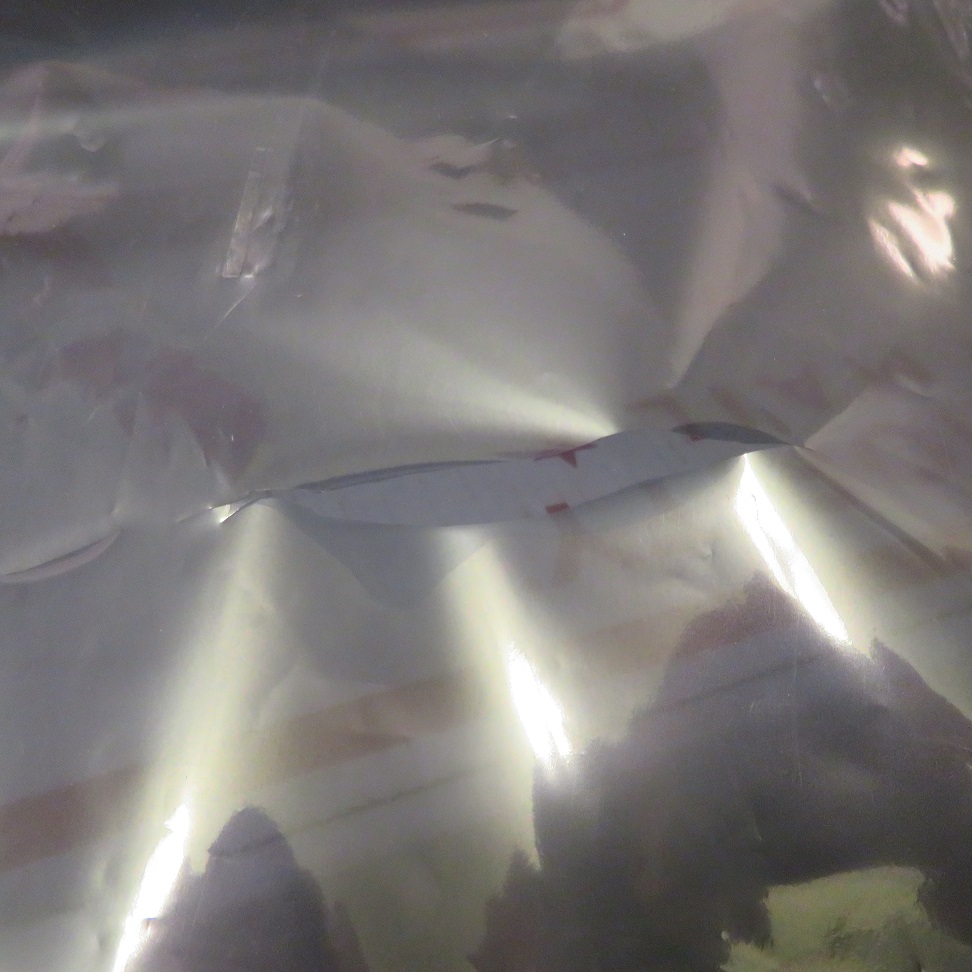
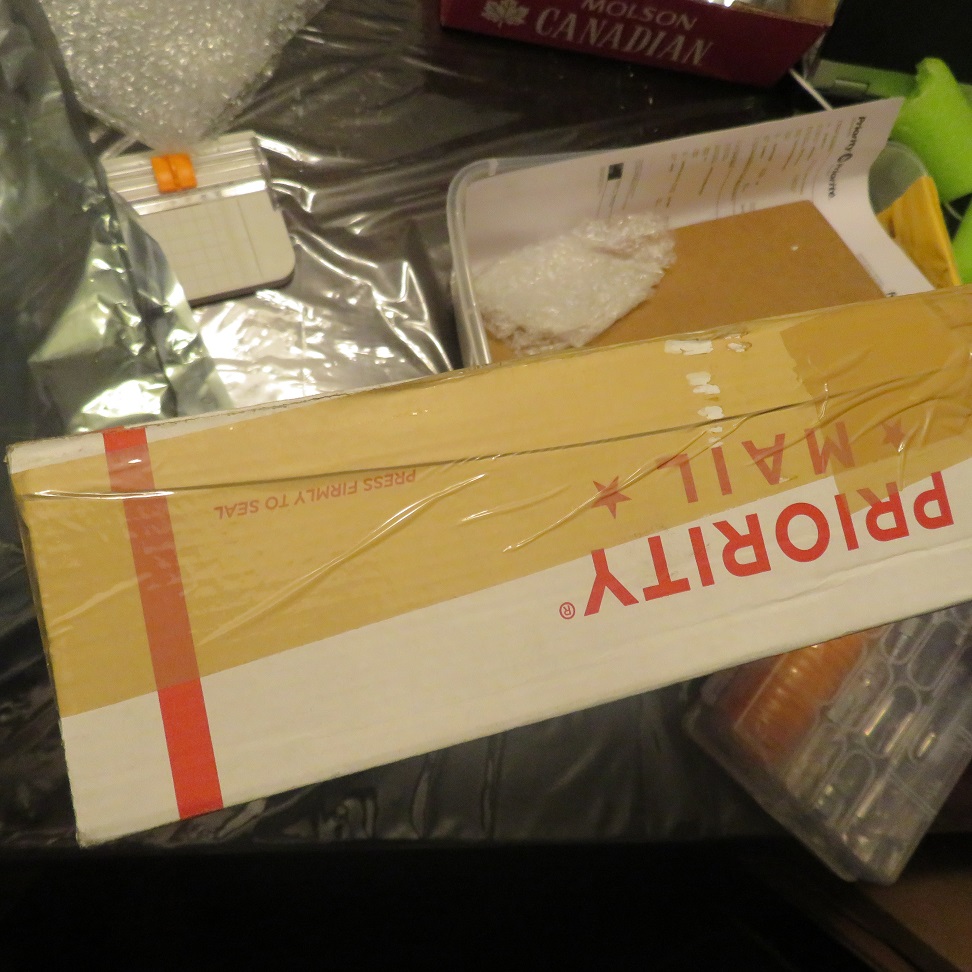
I became curious, and went through all the boxes that I still had from previous purchases, and sure enough, similar cuts appear on those boxes as well.
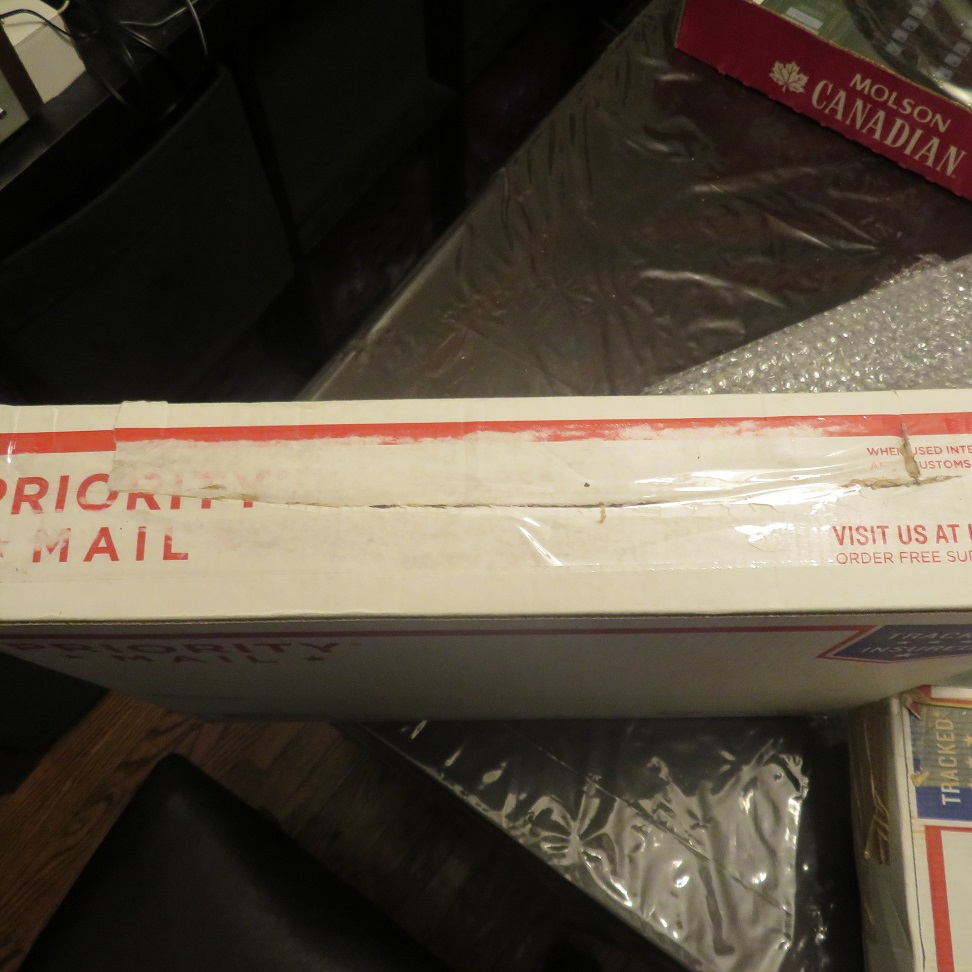
I contacted eBay about the situation. They made it very easy to get my money back for this purchase, but I was made to feel like they’re doing me a favor and in the future this favor may no longer be available. Strange, because I’ve been seeing lots of similar problems from other eBay users, and you’d think they would take more ownership of something that seems to be a pretty widespread problem.
This item was easily replaced, but what if you bought something that’s one of a kind? What if Ebay or Pitney Bowes deny any wrong doing and you are stuck with a broken item? They obviously don’t care about your items to begin with if they’re willing to slice the packaging open in this manner and remove padding to save a few bucks.
You may want to keep this in mind the next time you chose to use eBay’s GSP program.
